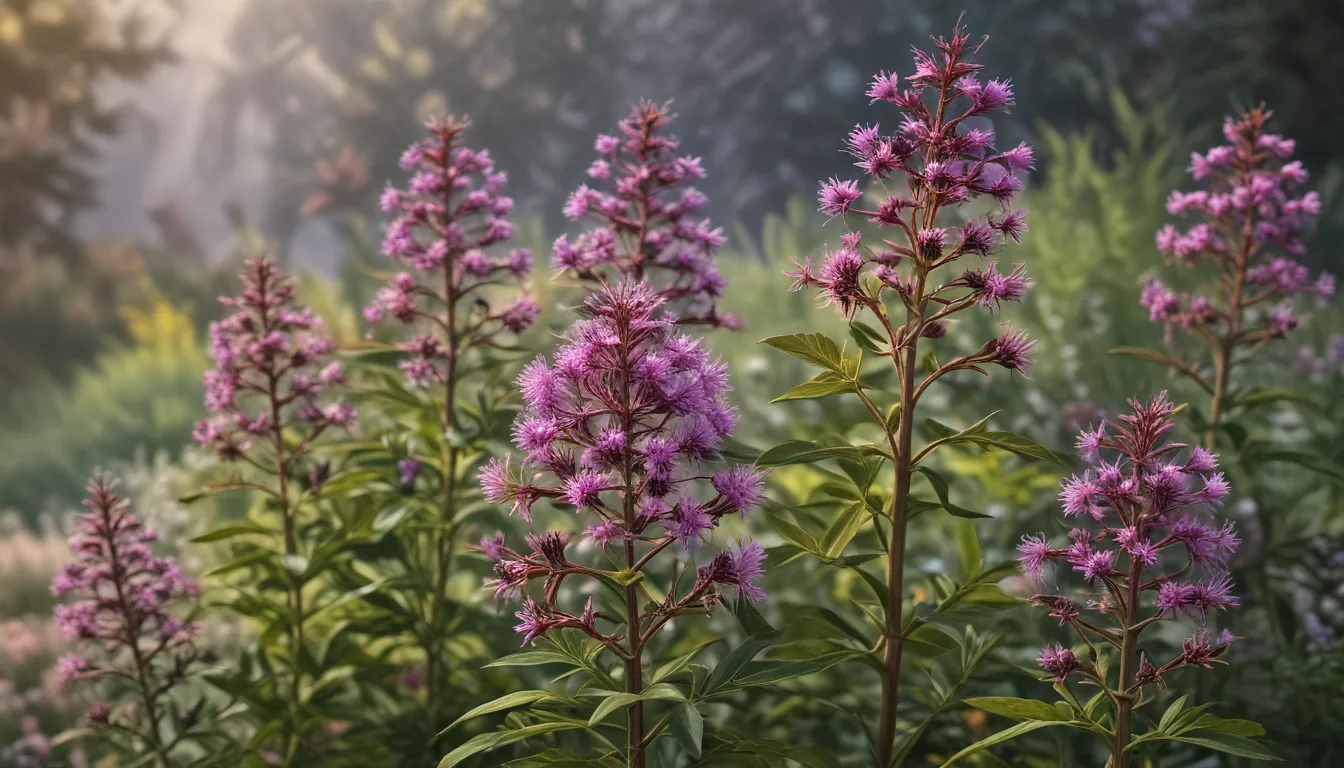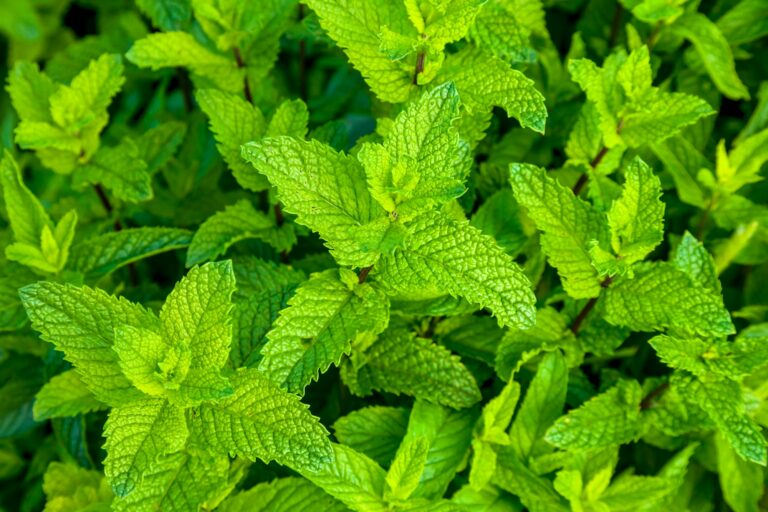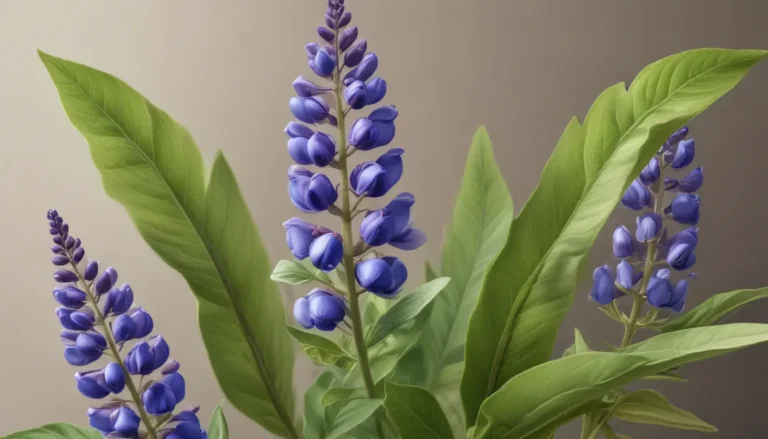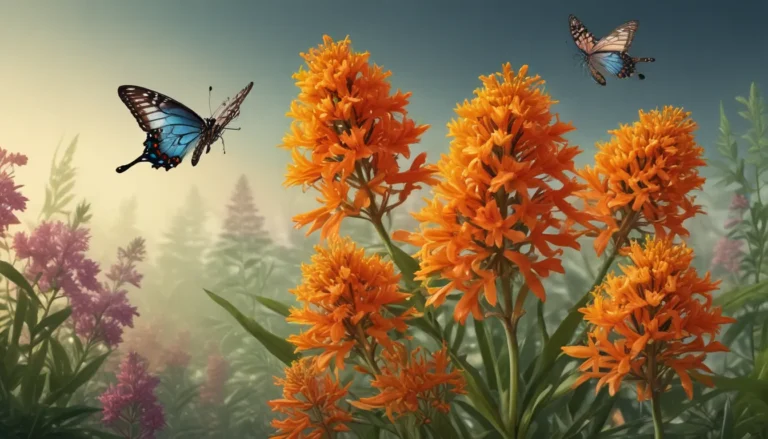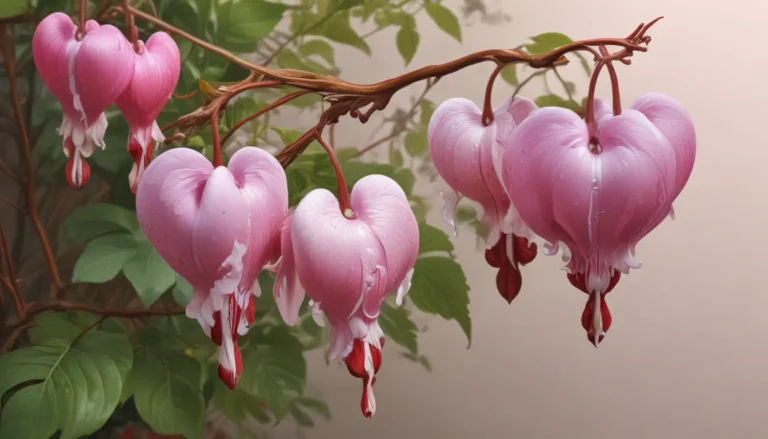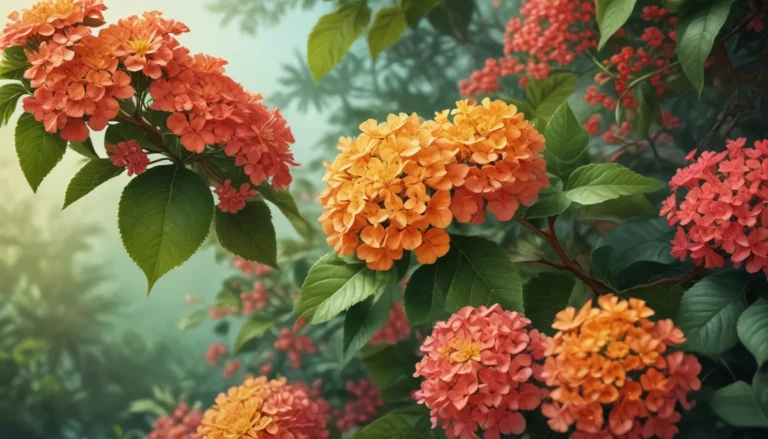The pictures we use in our articles might not show exactly what the words say. We choose these pictures to make you interested in reading more. The pictures work together with the words but don’t take their place. The words still tell you the important facts.
Welcome to the captivating world of ironweed plants! Whether you're a gardening enthusiast, a nature lover, or simply curious about these stunning purple wildflowers, you're in for a treat. Ironweed, scientifically known as Vernonia, is not just a beautiful addition to any garden or natural landscape. It also plays a vital role in supporting local ecosystems, attracting pollinators, and providing food and shelter for wildlife. Join us as we explore 18 fascinating facts about ironweed plants, unraveling their significance and ecological importance in the natural world.
Ironweed: A Purple Beauty
Ironweed, a striking perennial plant belonging to the Asteraceae family, is native to North America. Known for its vibrant purple blooms, ironweed adds a pop of color to any setting. Its tall, slender stems and clusters of flowers in shades of purple, pink, or white make it a standout feature in gardens and natural landscapes.
Ironweed: A Magnet for Pollinators
The vibrant blooms of ironweed attract a variety of pollinators, including butterflies, bees, and other beneficial insects. These nectar-rich flowers provide essential food sources for pollinators, supporting the local ecosystem and promoting biodiversity.
Ironweed: Ecological Significance
Beyond its ornamental value, ironweed plays a crucial role in the ecosystem by providing food and habitat for a diverse range of wildlife, including birds and small mammals. Its presence contributes to the overall biodiversity of natural landscapes, making it an invaluable asset in conservation efforts.
Ironweed: Medicinal Properties
Traditionally, ironweed has been used for its medicinal properties. Native American tribes utilized the plant's roots in herbal remedies to address various ailments, showcasing its historical significance in traditional medicine.
Ironweed: Resilience and Adaptability
Ironweed is known for its resilience and ability to thrive in challenging environments. From meadows to prairies and roadsides, this plant can withstand periods of drought and is adaptable to various soil types, making it a versatile addition to different landscapes.
Ironweed: Height and Blooming Season
With some species reaching up to 7 feet tall, ironweed boasts an impressive stature in gardens and natural settings. Its blooming season typically extends from mid-summer to early fall, gracing the surroundings with its rich purple flowers for an extended period.
Ironweed: Color Variations and Ornamental Value
While most commonly seen in shades of purple, ironweed also displays variations in hues of pink and magenta, adding visual diversity to its enchanting blooms. Its striking appearance and vibrant colors make it a popular choice for ornamental purposes in gardens and landscapes.
Ironweed: Role in Restoration Projects and Environmental Benefits
Due to its ecological significance, ironweed is frequently included in habitat restoration projects to conserve native plant species and restore ecological balance. Beyond its ornamental value, ironweed also offers environmental benefits by aiding in erosion control and contributing to the overall health of natural ecosystems.
Ironweed: Wildlife Attraction and Cultural Significance
The presence of ironweed in gardens and natural settings attracts a plethora of wildlife, including butterflies, hummingbirds, and other pollinators, enriching the biodiversity of the area. In some Native American cultures, ironweed holds cultural significance and is used in traditional ceremonies and rituals, symbolizing different aspects of nature and spirituality.
Ironweed: Botanical Diversity and Role in Pollinator Gardens
The genus Vernonia encompasses a diverse range of species, each with unique characteristics that contribute to the botanical diversity of the natural world. Given its nectar-rich flowers and appeal to pollinators, ironweed is a favored choice in pollinator gardens, supporting the well-being of essential pollinating insects.
Embracing Ironweed in Your Outdoor Space
In conclusion, ironweed plants are not just beautiful additions to any outdoor environment. Their vibrant flowers, resilience, and ecological contributions make them valuable assets in gardens and natural landscapes. By incorporating ironweed into your outdoor space, you can enjoy their beauty while supporting local ecosystems and promoting biodiversity. Whether you're looking to attract pollinators, add color to your garden, or contribute to conservation efforts, ironweed plants offer a wealth of benefits for enthusiasts of all kinds.
FAQs About Ironweed Plants
What are the ideal growing conditions for ironweed plants?
Ironweed plants thrive in full sun to partial shade and well-drained, moist soil. They are relatively low-maintenance and can tolerate various soil types, making them adaptable to different environments.
Are ironweed plants invasive?
While ironweed plants can spread through their seeds, they are not considered invasive in most regions. However, it's important to monitor their growth to prevent overcrowding in smaller garden spaces.
Explore the world of ironweed plants and discover the beauty, benefits, and ecological significance they bring to your outdoor space. By embracing these captivating plants, you can create a vibrant and sustainable environment that enhances the aesthetics and functionality of your surroundings. Join us in celebrating the splendor of ironweed and its invaluable contributions to the natural world.
